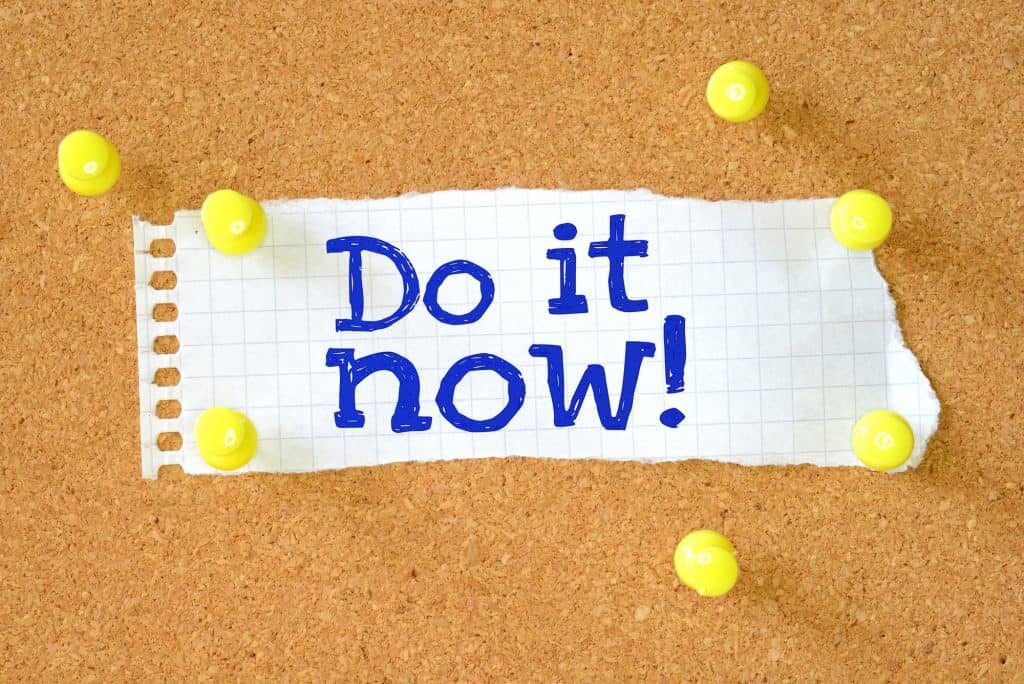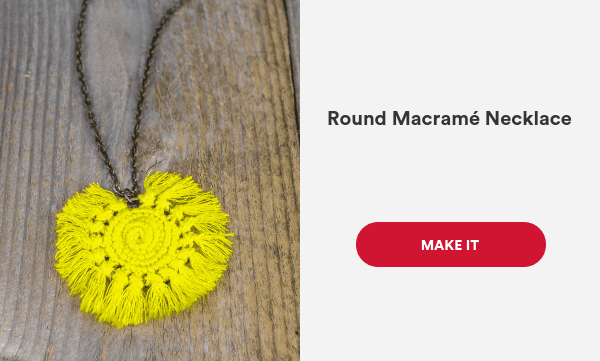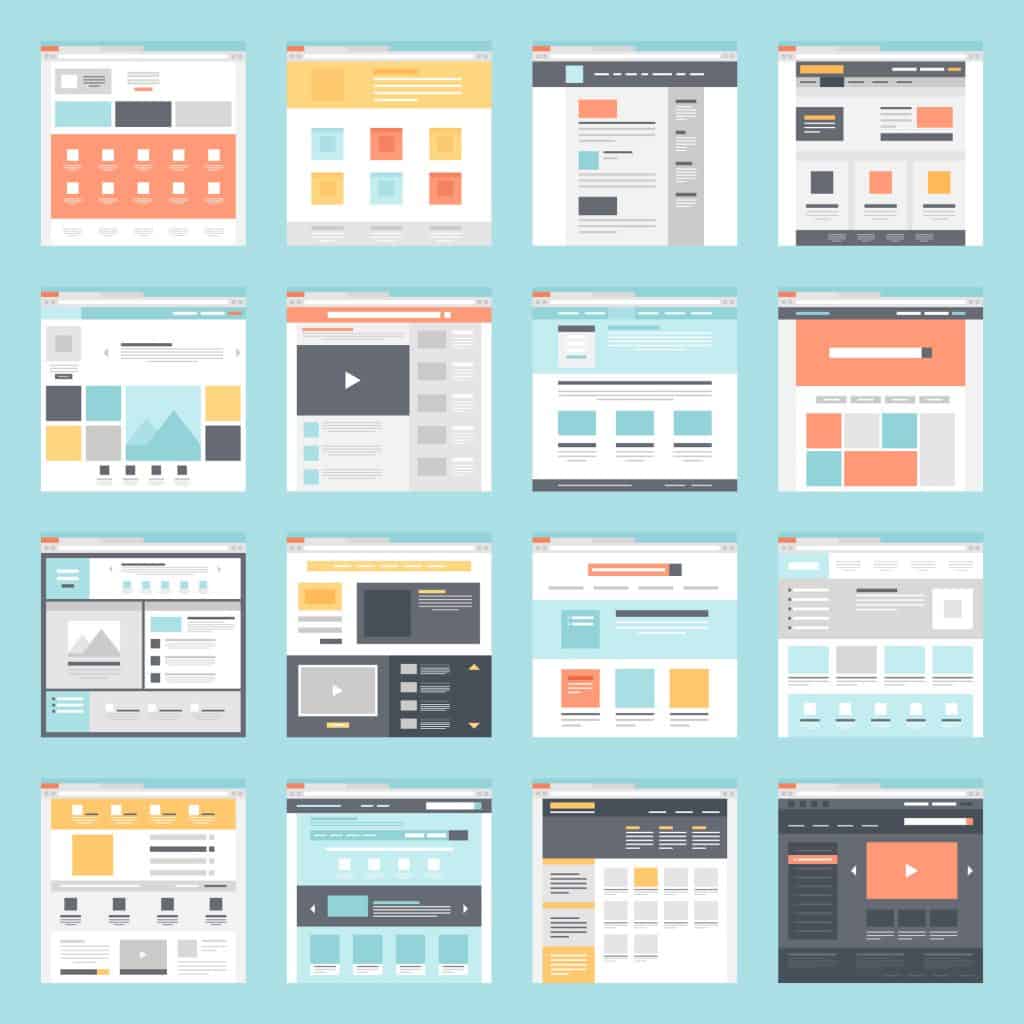
Calls to Action in Writing: A Comprehensive Guide

It’s foolish to deny the power of a call to action in writing, especially when it comes to online content. While anyone can craft a decent CTA, understanding the research and psychology behind web user behavior can drive even more conversions, sales and traffic. Here is a comprehensive guide on how to create a call to action in writing that snags readers and gets results
What Is a Call to Action in Writing?
Commonly called a CTA, a call to action in writing is what convinces readers to make a decision (such as making a purchase, filling out a form, etc). You may have great content on your website, but how do you help readers go the final step? This is through a phrase or word that encourages readers to take immediate action.

Learning how to write a call to action can be a little intimidating, but it doesn’t have to be. Whether a CTA takes the form of a button, text box, contact form or simply a link, it directs the reader to take the desired next step and further engage with your brand. Action words and strong phrases make some of the best CTAs.
So how do you write a call to action and what are some examples of calls to action that work? Keep on reading.
How To Write a Call to Action That Is Focused
Gone are the days of the one-size-fits-all CTA. With sophisticated audience segmentation, a brand may have several different buyer personas and desire different actions for each group. Before publishing content, clarify the goals of your call to action. For example, should your CTA:
- Encourage people to buy a product?
- Encourage people to share your content?
- Drive signups to your email list?
- Expand event registration?
- Drive phone calls?
These are just a few examples of the endless ways your brand can use a call to action in writing to its advantage. Be creative, but be sure to have the end game in mind before you start writing or provide a brief to your copywriting services agency. When you finish, review the language as well as the design and colors to evaluate whether they reflect the campaign goals and the best practices for efficacy described below.
Examples of Calls to Action in Writing

Learning how to write a call to action starts with knowing what options are available. These are some of the most common types of call to actions in writing to implement within your company’s content:
Event Awareness CTAs
These inform the potential audience about an impending online or in-person event. This CTA is designed to bolster ticket sales, encourage event signups and build a mailing list for event updates.
Add to Cart CTAs
These guide the reader into the purchasing funnel. With this type, a click should take the user directly to the full shopping cart ready for a sale.
Lead CTAs
Encourage further engagement with your brand. Common examples include free trial offers, no-obligation quotes and product demonstrations. Neil Patel reports that offering a free trial when a new visitor comes to your site can increase conversions by 328% over CTAs that ask users to buy something on their initial visit.
Continue CTAs
Often appear on blog posts and long-form content. After a teaser, the audience can click through to read the rest of an interesting item. The image below is a good example from Michael’s; readers who are inspired by the image can click through for a free pattern to make the jewelry pictured.

Form Submission CTAs
Allow readers to submit their personal information in response to an offer. Learning how to write a call to action like this lets you guide casual visitors into the lead portion of your sales funnel.
Social Share CTAs
Perform well because they are low-ask and user-friendly. Readers can quickly share valuable content with their friends and followers, increasing their engagement with your brand while building your visibility and authority.
.@NeilPatel reports that offering a free trial when a new visitor comes to your site can increase conversions by 328% 🤯 over CTAs that ask users to buy something on their initial visit. #ContentMarketing #Marketing #CTA #CallToAction Share on X
Text Elements of an Effective Call To Action
Search engine optimization firm CrazyEgg identified three key aspects of a click-worthy CTA. They recommend including:
- Usability – Tell the reader exactly what you want them to do in the simplest terms possible. For example, if you want readers to sign up for your email newsletter, use language like “Subscribe” or “Connect With Us.” Consider this the modern version of the “Mail Your Card” plea from print magazines.
- Immediacy – Don’t give the reader a chance to forget about your offer. Create a sense of urgency with words such as “now” and “today.” This sample from Ann Taylor encourages shoppers to visit the site right away by using language like “Ends Tomorrow!” and “Shop Now.”

- A statement of obligation – For the email newsletter example, make sure to clarify that the content is free and customer data remains secure. Users are more likely to click on your CTA when you limit their perceived risk. Ask your marketing content writer to stress phrases like “Free Trial,” “Free Offer” and “Risk-Free.”
These are all important aspects to use in your CTAs, and you can accomplish all three through the text elements you use. The following are actionable tips to keep in mind when learning how to write a call to action.
Stay Focused
A good CTA will include just one call to action in writing. More than that can confuse readers and discourage them from taking any of the suggested actions. As every great marketing content writer knows, the ideal copy is clear, concise and straightforward. Avoid obscuring your message with excess words.
When writing your CTA, describe what will happen when they click. For example, a new product release CTA should not use the words “Buy Now,” unless clicking the link actually completes the purchase. Instead, choose precise language such as “Explore Product Features” or “Add to Cart” to ensure the click lives up to reader expectations.
Use Action Words
You’ll see some common verbs used repeatedly in brand CTAs, because they work. But how do you know how to write a call to action with the right words? Examples include Discover, Download, Learn, Shop, Join, Buy, Build, Order, Go, Subscribe and Start.
Do you notice a common thread? These vivid action words spark a sense of adventure, problem-solving, enrichment and engagement that appeals to your curious audience. Avoid words that don’t create an emotional reaction. For example, you probably don’t get very excited when someone asks you to “Read More,” “Click Here” or “Submit Your Information.”
The words “I” and “You” are also quite powerful because they imply an existing relationship with and speak directly to the reader. A study by Content Verve found a 90% increase in a button’s CTR after changing third-person language to first-person. In research by Unbounce, CTRs rose by 90% simply by changing the word “you” to the word “me” in a CTA.
A study by @ContentVerve found a 90% increase in a button's CTR simply by changing third-person language to first-person. 📈 #ContentMarketing #Marketing #CTA #CallToAction Share on XYou probably already know that numbers catch a reader’s attention when you use them in a headline. Learn how to write a call to action using this trick. The number gives readers a sense of value that answers their vital question: “What’s in it for me?” Check out the big, bold numbers in this Gap CTA below.

Visual Elements of a Call to Action
Although almost any page element can serve as a CTA, Leighton Interactive and other content marketing gurus report the most click-through success with buttons. Getting too creative with images can confuse the reader and prevent them from taking the next step.
To encourage them to click, learn how to write a call to action with a recognizable shape like a circle or rectangle for your button. Experiment with rounded vs. squared edges and other design elements.
Make it conspicuous by using a contrasting color that stands out from the page background. The Wordstream blog reports that orange and green buttons tend to get the most clicks. The easier it is for your user to find the CTA, the more likely they are to answer the call. The immediately recognizable green button on Spotify’s CTA is a prime example of how to do this right.

When you’ve settled on a color, consider font size. The sweet spot is a font large enough to be easily visible and to catch attention, but not so large that it will be mistaken for spam. Avoid annoying your audience, but make sure they have difficulty passing by the button.
If you prefer a designed CTA rather than a button, make sure your audience can distinguish the result from a banner advertisement. Otherwise, they will likely skip right over the offer since we’ve become conditioned to avoid online ads and pop-ups. A clean, simple CTA will help your offer stand out from all the digital noise.
Placement Best Practices
Learning how to write a call to action is one thing, but what about placement on your site? The ideal spot for a call to action on your website depends on who your audience is and the action you want them to take. Let’s return to our list of example CTAs above and consider placement possibilities for each:
How To Place Different Kinds of CTAs
- To drive event attendance among existing customers, add an event awareness CTA to their receipts, personalized dashboards and login pages. When you’re looking for new leads for possible attendees, try the CTA in the sidebar, within the navigation bar or as a pinned post on your page. Time-sensitive events should also appear as a CTA on your brand’s landing page.
- Have your marketing content writer craft an add-to-cart CTA on the specific product page, email blast or social media post for the item or service you’re selling, as well as at the end of blog content.
- CTAs designed to encourage engagement among fresh leads work well in blog posts. Figure out where new visitors spend time on your site, then add lead CTAs in those places, too.
- Continue CTAs appear on long content items to break up the flow. They also provide insight into the headlines that your audience finds most interesting.
- Place form submission CTAs before your landing page. You can also use this type of CTA when prospects click away from your site or after they take a different action, such as making a social share of your content.
- Social share CTAs can go just about anywhere on your site. Landing pages, blog posts and other content-rich areas make the most sense. However, avoid placing share buttons on any page where you also ask your audience to share their personal information.
Additional Tips on How To Write a Call To Action
Just as you should avoid including more than one action in a single call to action in writing, avoid crowding multiple CTAs on a single page. Limit per-page CTAs to three and make sure each appears in its own distinct area of the page.

For example, place one in the sidebar, one in the navigation menu and one at the bottom of the content. Your call to action should never have to compete for attention with other items on the page.
Place a CTA on a page with relevant content. Inappropriately placed offers can confuse and misguide the reader. If your audience can’t find what they’re looking for on your site within a few minutes, you’ll notice an increase in your bounce rate as they seek substance elsewhere.
Think About the Buyer’s Journey
When learning how to write a call to action, you should also consider the readers’ journey through the page when you place your CTA. Ideally, your offer should be directly in the path they travel as they explore and gather information.
This doesn’t mean reinventing the wheel, though; many effective pages use the simple structure of an H1 title, marketing copy that contains H2 headings to guide the reader, and a CTA at the end, with a form where appropriate. This layout appears on the web over and over because it works.
Placing the CTA at the end of content is a natural choice, but make sure it doesn’t get lost when your readers scroll. If they never reach the CTA, they can’t possibly click on it. Test for this issue when you have a call to action in writing that follows best practices but still performs poorly compared to your other offers.
If you use social media, not adding CTAs to your brand’s Facebook page is a missed opportunity. It’s not too complicated to learn how to write a call to action for your page. Just visit your business page and click the button to “Create a Call to Action.” Fill in the link and appropriate information and click “Create” for an instant offer you can delete, update or edit at any time. Instagram users can currently add certain types of CTAs to business pages, such as “Start Order,” “Book Tickets” and “Get Directions.”
Benchmarks for Call to Action Success
In a study by Leighton Interactive, the firm noted that limited data addresses an average click-through rate for calls-to-action. They studied the performance of calls to action that received at least 100 clicks over the past five months and found an average universal click through rate of 4.23%. Button-style CTAs had an average rate of 5.31%, compared to 3.35% for those with a distinctive design and just 2.06% for ones consisting of text alone.
Measuring performance of your own CTAs will provide valuable insight into what types of calls to action appeal most to your audience. A simple A/B testing program allows you to gather useful data even with limited resources. In fact, CXL reports that customers’ A/B tests increase CTA performance by up to 49%.
According to @leinteractive, a button-style CTA has the highest click-thru rate at 5.31%, nearly 1% higher than the universal average of 4.23%. 👀#ContentMarketing #Marketing #CTA Share on X
Let Us Help You Write Effective Calls to Action
Creating a call to action in writing takes time and effort. When you hire a marketing content writer, he or she can serve as a professional guide to calls to action in writing that convert visitors to leads and leads to long-term satisfied clients. At BKA Content, our team is ready to brainstorm with you on the most effective CTA strategy for your brand. Get in touch today to learn more about our dedicated content creation services.
- Top 10 Content Writing Websites - September 13, 2024
- Blog Images Are More Important Than You Think - September 5, 2024
- 25 Wise Marketing Quotes From the Best in the Business - July 11, 2024

